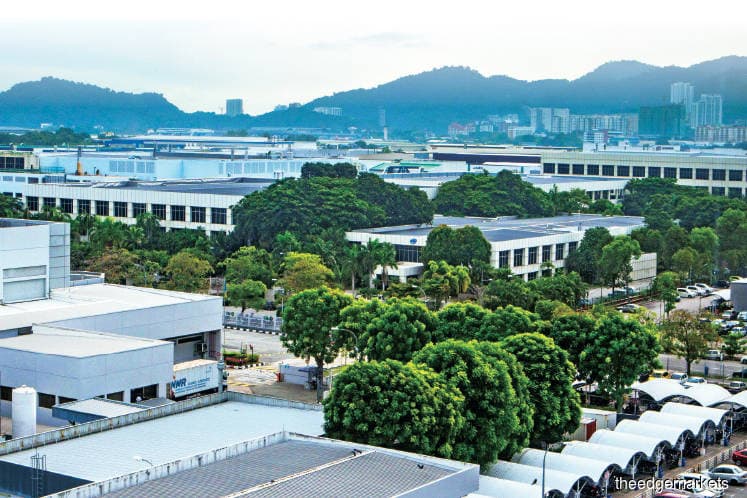
KUALA LUMPUR (May 2): Malaysian manufacturing conditions deteriorated for the third successive month during April, driven by faster declines in output and new orders.
Released this morning, the headline purhasing managers’ index (PMI), fell from 49.5 to 48.6 in April.
“Lower production requirements and subdued demand conditions led to firms reducing their purchasing activity and pre-production inventories,” the statement by IHS Markit read.
Meanwhile, input cost inflation was sharp and in line with the series trend.
At the same time, business sentiment was the highest in four-and-a-half years.
Subsequently, Malaysian manufacturing companies continued to raise their staffing levels.
The latest PMI reading was indicative of a modest deterioration in the health of the sector that was the strongest since October 2017.
IHS Markit said that notably, the latest decline outstripped the series trend.
It said central to the overall downturn was a marked reduction in new orders during April.
It explained that moreover, the rate of contraction quickened to the fastest since July 2017.
Lacklustre demand was cited by panellists as the key factor contributing to a decline in new work.
Meanwhile, new export orders fell at a solid pace that was the strongest since December 2016.
Another key factor contributing to the downward movement in the headline PMI Index was a fall in output for the second consecutive month in April.
Though modest, the pace of decline quickened to the fastest since July 2017.
IHS Markit said according to anecdotal evidence, weak demand conditions were behind the latest downturn.
Commenting on the Malaysian Manufacturing PMI survey data, Aashna Dodhia, Economist at IHS Markit, which compiles the survey, said: “The health of the manufacturing economy deteriorated at the strongest pace since October 2017 in April, reflecting lacklustre demand from domestic and international markets. Subsequently, total new orders and new export orders contracted at the fastest rates since July 2017 and December 2016 respectively.
“The recent build-up of inflationary pressures faced by manufacturers softened in April, with input cost inflation broadly in line with the historical average. On the other hand, output charge inflation was solid and the fastest since last September.
“On the bright side, business sentiment towards the 12-month outlook for output was at the strongest level since October 2013. As firms were upbeat about their prospects, firms continued to expand capacity by raising their payroll numbers,” said Dodhia.